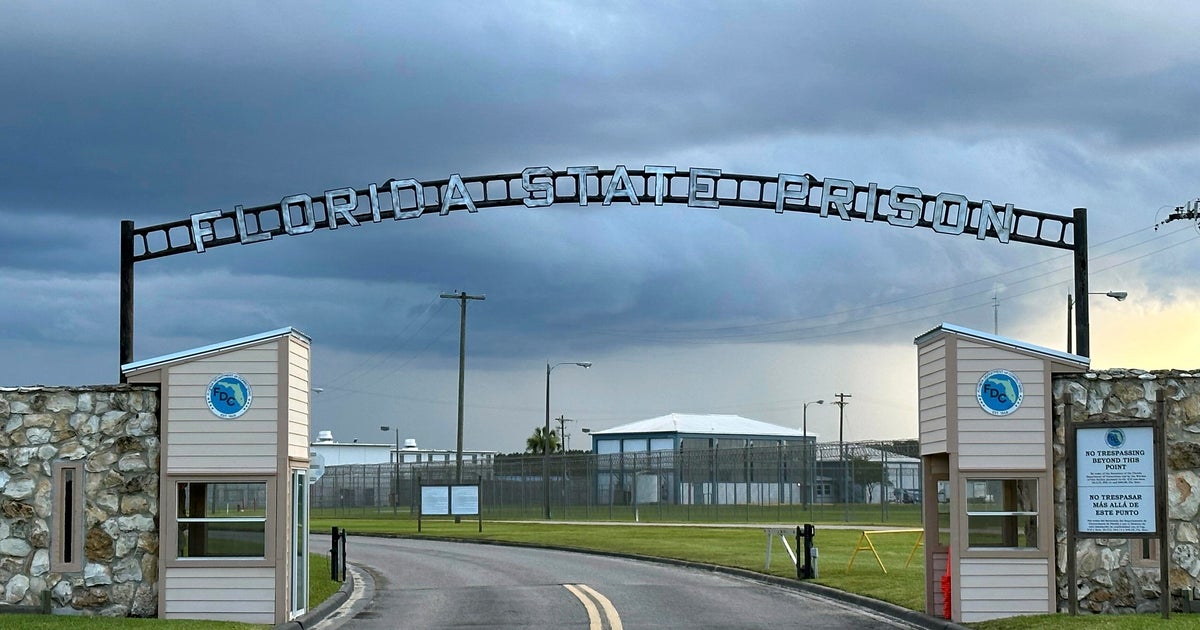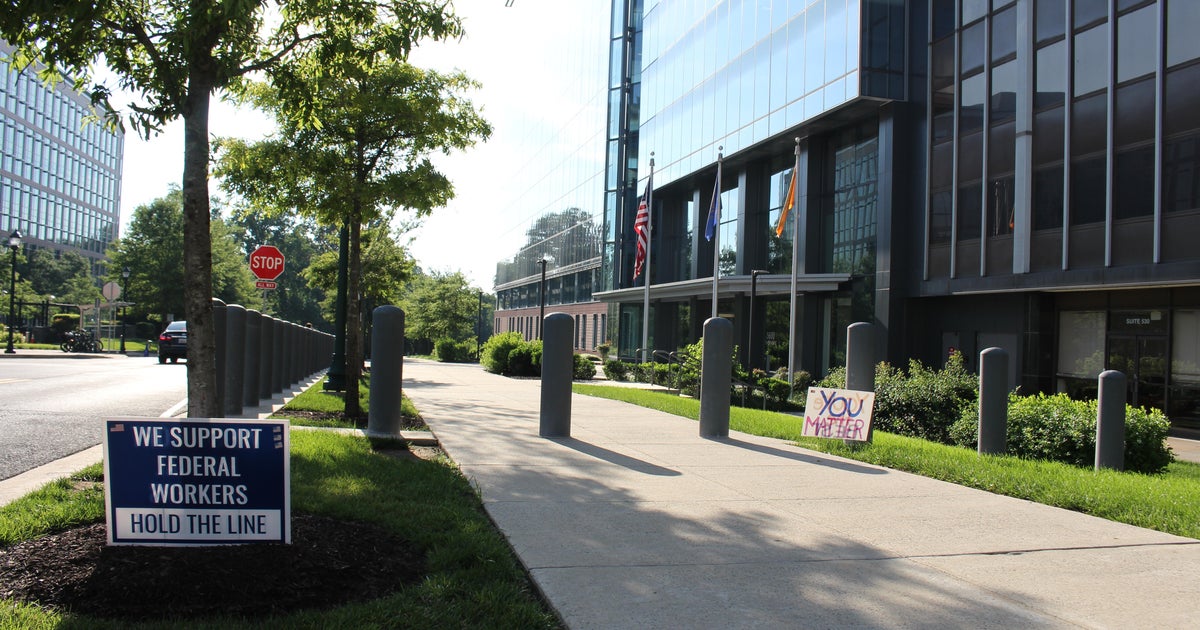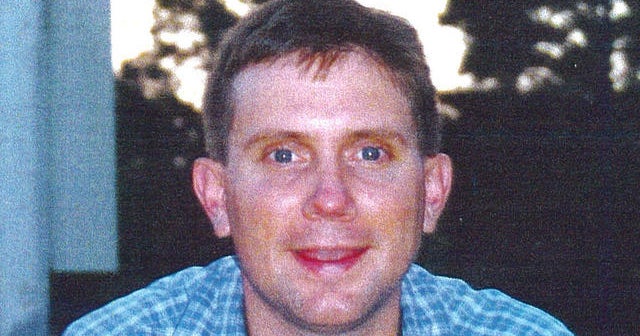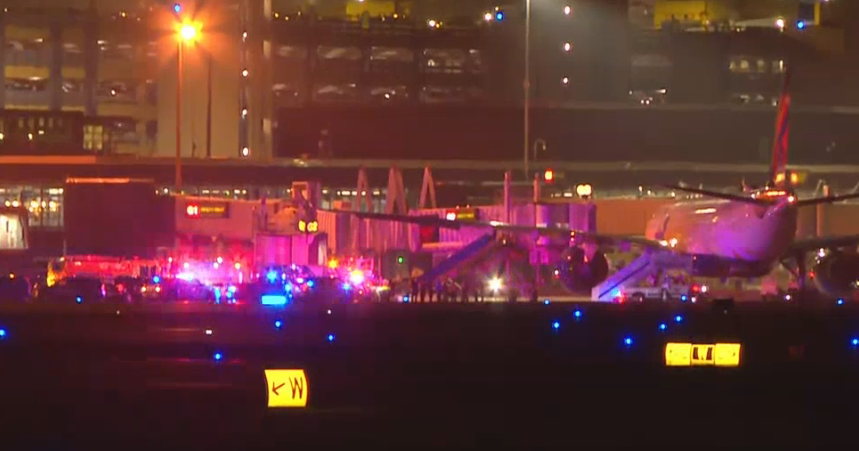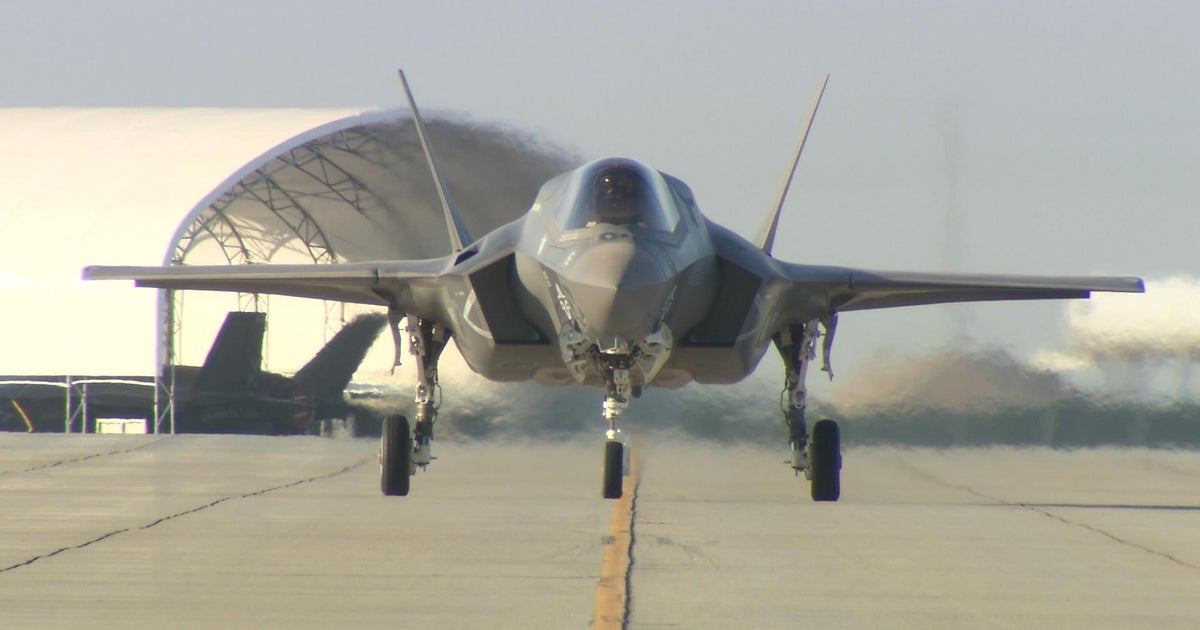Three days of investigative hearings on the deadly midair collision over Washington in January began Wednesday, aiming to reveal new insights into what caused the crash between a passenger plane and an Army helicopter. The American Airlines flight from Wichita, Kansas, collided with a Black Hawk helicopter while coming in for a landing at Ronald Reagan National Airport on Jan. 29, killing all 67 people aboard both aircraft.
The National Transportation Safety Board opened the hearings in Washington, with plans to question witnesses and investigators about how the actions of the Federal Aviation Administration and its air traffic controllers and the Army may have contributed to the nation's deadliest plane crash since November 2001. It's likely too early for the board to identify the cause of the crash.
"This hearing is a critical part of our ongoing investigation," NTSB Chairwoman Jennifer Homendy said in her opening remarks. Addressing family members of some of the crash victims attending the hearing, she said, "Please know that we are working diligently to make sure we know what occurred, how it occurred, and to prevent it from ever happening again."
The NTSB's lead investigator began by presenting an 11-minute animation that recreated events leading up to the collision. At the end, it included newly released surveillance video with a clear view of the Black Hawk helicopter approaching the path of American Airlines flight 5342, followed by the midair impact. Before the video was played, families attending the hearing were allowed to leave the room.
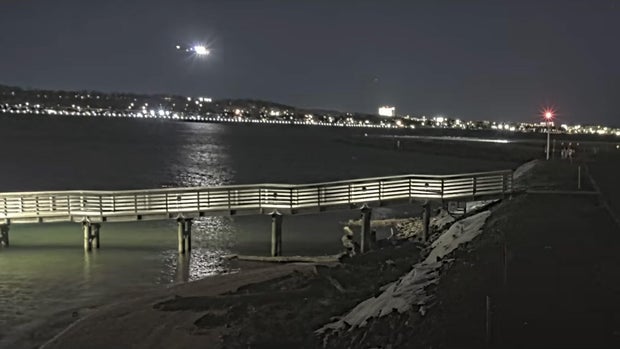 This image from video released by the NTSB shows the moment before the collision of an Army Black Hawk helicopter and American Airlines flight 5342 over Washington, D.C., on Jan. 29, 2025.
National Transportation Safety Board
This image from video released by the NTSB shows the moment before the collision of an Army Black Hawk helicopter and American Airlines flight 5342 over Washington, D.C., on Jan. 29, 2025.
National Transportation Safety Board
The plane's cockpit voice recorder showed that approximately 20 seconds before the collision, the pilots received an audible warning from the Traffic Alert and Collision Avoidance System (TCAS) noting "traffic," but not giving them a resolution advisory to take action. Just one to two seconds before the collision, there's a sound of a click and one of the pilots exclaims, "Oh," followed by an expletive. From another document released in the investigation, it appears the pilots pulled back fully on the yoke to try to avoid the collision.
Tim Lilley, whose son Sam was the plane's first officer, told CBS News he hopes the hearing will help him learn more about those final moments.
"I know that my son saw that helicopter one second before impact, and they tried very hard to avoid it," Lilley said. "Sam was a good pilot, and he would have been trying to fly that aircraft all the way, all the way to the bottom."
The cockpit voice recorder transcript also shows that as the pilots approached for landing, they had a visual on runway 1 when air traffic controllers asked them to take runway 33 instead. The pilots discussed it between themselves, with one saying, "I really don't want to but I guess…," then said, "it's fine," adding, "tell 'em we're fine we'll do three-three, we'll do it."
The collision, which sent wreckage plummeting into the Potomac River, was the first in a string of crashes and near misses this year that have alarmed officials and the traveling public, despite statistics that still show flying remains the safest form of transportation.
Investigations have already shown the FAA failed to recognize a troubling history of 85 near misses around Reagan airport in the years before the collision, and that the Army's helicopters routinely flew around the nation's capitol with a key piece of locating equipment, known as ADS-B Out, turned off.
Multiple sources told CBS News in February that top officials at the FAA pushed last summer to close one of three runways at Reagan airport following two close calls between airliners still on the ground.
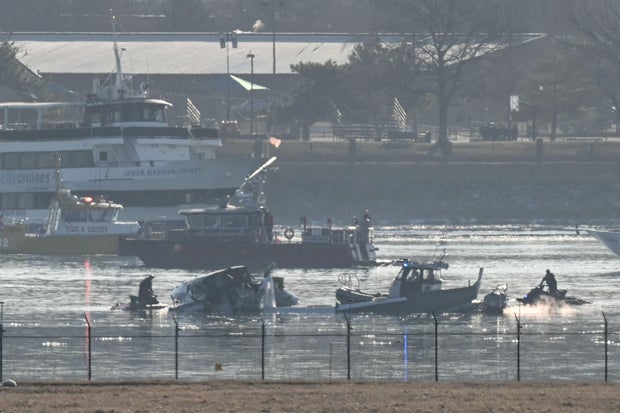 Part of the wreckage is seen as rescue crews search the waters of the Potomac River after American Airlines flight 5342 crashed on approach to Reagan National Airport after colliding with a U.S. Army helicopter, on Jan. 30, 2025.
ANDREW CABALLERO-REYNOLDS/AFP via Getty Images
Part of the wreckage is seen as rescue crews search the waters of the Potomac River after American Airlines flight 5342 crashed on approach to Reagan National Airport after colliding with a U.S. Army helicopter, on Jan. 30, 2025.
ANDREW CABALLERO-REYNOLDS/AFP via Getty Images
Aviation attorney Bob Clifford, who is working to file one of the first lawsuits against the government next month, said he hopes NTSB will look beyond the immediate factors that caused this crash to highlight the bigger ongoing concerns in the crowded Washington airspace.
"In this particular instance, there's a much broader picture. And that is the known problems that were being ignored about an unsafe environment for the commercial aircraft to be navigating with the military aviation helicopters in the area," Clifford said.
Legislation to require upgraded technologyEven though the final NTSB report won't be released until sometime next year, Sen. Ted Cruz isn't waiting to propose changes. He introduced legislation Tuesday that would require all aircraft operators to use both forms of ADS-B, or Automatic Dependent Surveillance Broadcast, the technology to broadcast aircraft location data to other planes and air traffic controllers. Most aircraft today are equipped with ADS-B Out equipment but the airlines would have to add the more comprehensive ADS-B In technology to their planes.
"There cannot be a double standard in aviation safety," Cruz said. "We should not tolerate special exceptions for military training flights, operating in congested air space."
The legislation would revoke an exemption on ADS-B transmission requests for Department of Defense aircrafts. It also would require the FAA to evaluate helicopter routes near airports and require the Army Inspector General to review the Army's aviation safety practices.
Homendy said her agency has been recommending that move for decades after several other crashes.
"In 2008, we sent a letter to FAA stating the board believes that the equipage of aircraft with ADS-B In capability will provide — and I want to stress this — an immediate and substantial contribution to safety, especially during operations in and around airports," she said.
Transportation Secretary Sean Duffy said that while he'd like to discuss "a few tweaks," the legislation is "the right approach." He also suggested that the previous administration "was asleep at the wheel" amid dozens of near-misses in the airspace around Washington's airspace.
"In the past, people became complacent — leaders became complacent," Duffy said.
A "fact-finding proceeding"Homendy said the hearings over the next few days will be a "fact-finding proceeding." In addition, the NTSB is also posting thousands of pages of evidence from the crash investigation online.
FAA Administrator Bryan Bedford said that he expects "we're going to have some very uncomfortable conversations over the next two and a half days" but that "they need to be had in the clear light of day — and simply put the best interest of the traveling public ahead of any of our personal interests, perhaps."
The hearings in Washington involve NTSB board members, investigators and witnesses for organizations involved in the crash. Panels will focus on military helicopter routes in the Washington area, collision avoidance technology and training for air traffic controllers at Ronald Reagan National Airport, among other subjects.
Federal officials have also raised concerns over the nation's outdated and understaffed air traffic control system. During January's midair crash above Washington, one controller was handing both commercial airline and helicopter traffic at the busy airport.
Duffy has announced a multibillion-dollar plan to overhaul the system controllers use that relies on old technology like floppy disks.
More from CBS News




